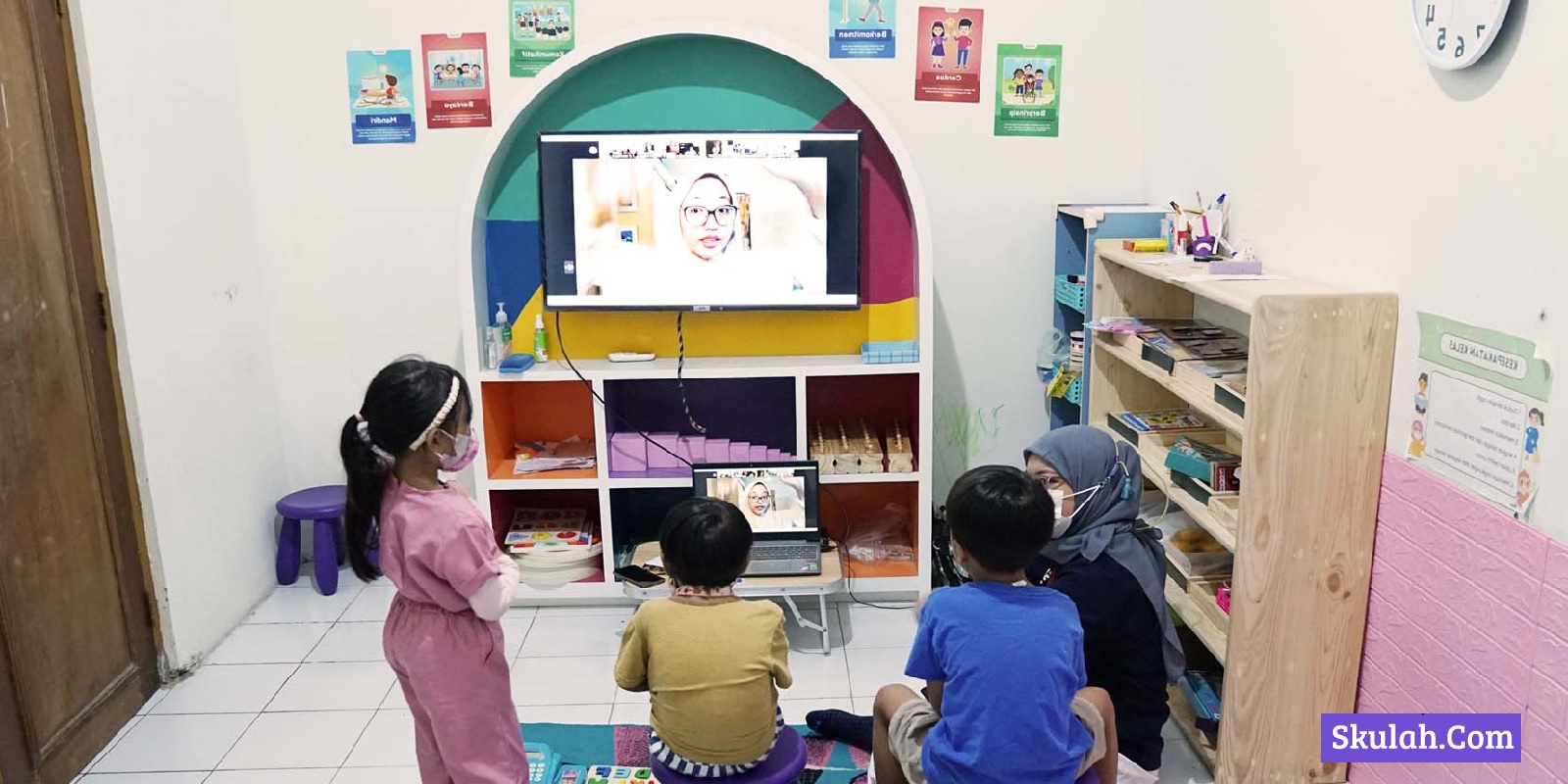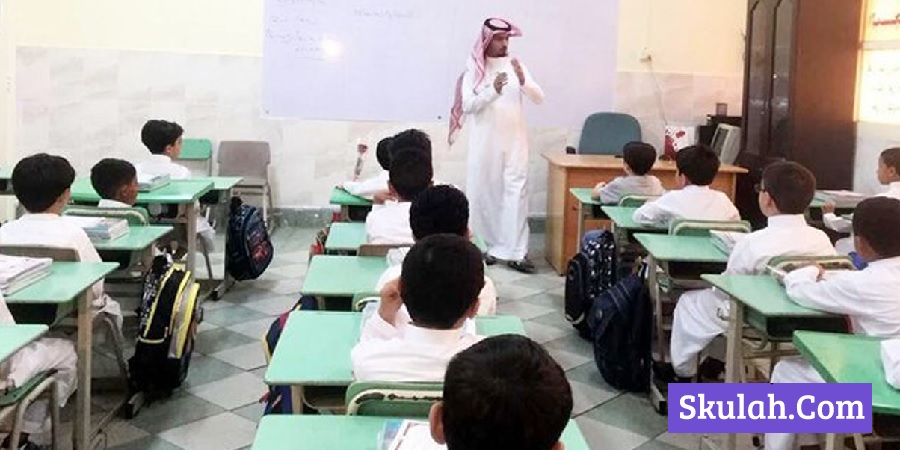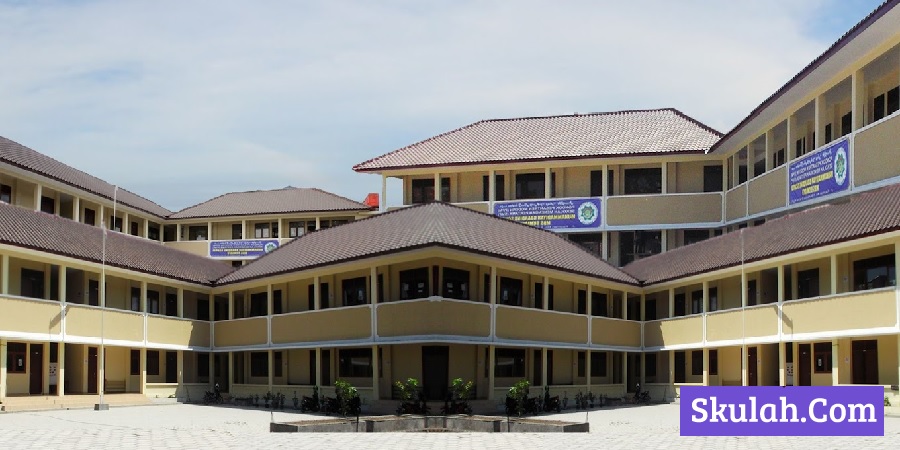Daftar Isi
The Importance of Educational Statistics for Policy Makers
Data plays a crucial role in shaping educational policies. When policymakers have access to detailed statistics, they can:
- Identify areas where funding is needed.
- Monitor the effectiveness of current programs.
- Evaluate education access and equity across different demographic groups.
Accessing and Interpreting Ministry of Education Data
The Ministry of Education collects various statistics on everything from student enrollment to teacher demographics. This data can usually be accessed through official government websites or educational research organizations. By understanding how to read these statistics, stakeholders can make informed decisions.
The Scope of this Article: Key Insights and Trends
This article focuses on important statistics and insights regarding student demographics, educational achievement, teacher data, funding trends, and emerging future projections.
Student Demographics and Enrollment Trends
Analyzing Enrollment Numbers Across Different Educational Levels
Enrollment data reveals how many students are in each grade level. This can help identify trends such as:
- Increasing numbers in early childhood education.
- Fluctuations in high school enrollment.
Examining the Gender Gap in Education: Statistics and Impact
Gender plays a significant role in education. Statistics often show that:
- Girls may excel in school but have lower enrollment in STEM fields.
- Boys may have higher dropout rates in high school.
Geographic Variations in Student Enrollment: Regional Disparities
Different regions often show varying enrollment numbers. For instance, rural areas might struggle with lower student populations compared to urban settings, which could lead to different funding needs.
Educational Attainment and Achievement Levels
Graduation Rates and Their Correlation with Socioeconomic Factors
Graduation rates can tell us a lot about student success. Data shows that:
- Higher socioeconomic status often correlates with increased graduation rates.
- Schools in lower-income areas may face more challenges.
Performance on Standardized Tests: National and International Comparisons
Standardized tests provide a way to evaluate student performance. Comparing test scores can show:
- Areas where students are excelling.
- Subjects needing extra focus or funding.
Early Childhood Education Enrollment and its Long-Term Effects
Early education has lasting effects on students. Data suggests that:
- Students enrolled in early childhood programs often perform better later in life.
- This early investment can lead to higher graduation rates.
Teacher Demographics and Workforce Trends
Teacher Shortages and Their Impact on Classroom Sizes
Many areas face teacher shortages, leading to crowded classrooms. This affects:
- Student learning and quality of education.
- Teachers’ ability to manage their classrooms effectively.
Teacher Retention Rates and Factors Influencing Teacher Turnover
Understanding why teachers leave is essential. Common reasons include:
- Lack of support and resources.
- Inadequate salaries and benefits.
Teacher Salaries and Their Relationship to Teacher Recruitment and Retention
Competitive salaries can attract and keep good teachers. Studies show that:
- Areas with higher pay often have lower turnover rates.
- Investing in teacher compensation leads to better student outcomes.
Funding and Resource Allocation in Education
Government Expenditure on Education: Trends and Comparisons
Analyzing education funding can reveal important trends. For instance:
- Increased government spending tends to correlate with better student performance.
- Cuts in funding often lead to resource shortages.
Allocation of Resources Across Different Educational Sectors
Resources are not always evenly distributed. Some sectors may receive:
- More technology and training programs, while others lag behind.
- Adequate funding, while others face budget cuts.
Impact of Funding on Educational Outcomes
The link between funding and success is clear. High investment in education typically results in:
- Higher graduation rates.
- Improved student engagement and achievement.
Emerging Trends and Future Projections in Education
The Role of Technology in Education: Data and Predictions
Technology’s influence on education is growing. Current trends indicate a rise in:
- Online learning platforms and digital resources.
- Use of data analytics to improve student support.
Impact of Policy Changes on Educational Outcomes
Policies can shift quickly, impacting education dramatically. Notable changes can include:
- Adjustments in funding formulas.
- New curriculum standards affecting student learning.
Addressing Challenges and Opportunities in Education
While many challenges exist in education, opportunities for improvement are also present. By analyzing data, stakeholders can:
- Identify areas needing urgent reform.
- Focus on innovative solutions for better student experiences.
Conclusion: Using Data to Drive Educational Improvement
Key Takeaways from the Ministry of Education’s Statistics
The Ministry of Education provides essential data to improve the educational landscape. Understanding these statistics can lead to:
- Improved policies and funding.
- Better educational outcomes for all students.
The Importance of Continued Data Collection and Analysis
Ongoing data collection helps ensure decisions remain relevant. Regularly updating statistics can:
- Help policymakers adjust their approaches.
- Support effective educational practices.
Actionable Steps for Stakeholders to Leverage Educational Data
Stakeholders must take proactive steps to use this data effectively. Key actions include:
- Regularly reviewing enrollment and performance statistics.
- Advocating for policies based on data-driven insights.
- Collaborating on programs that target identified gaps in education.

















































